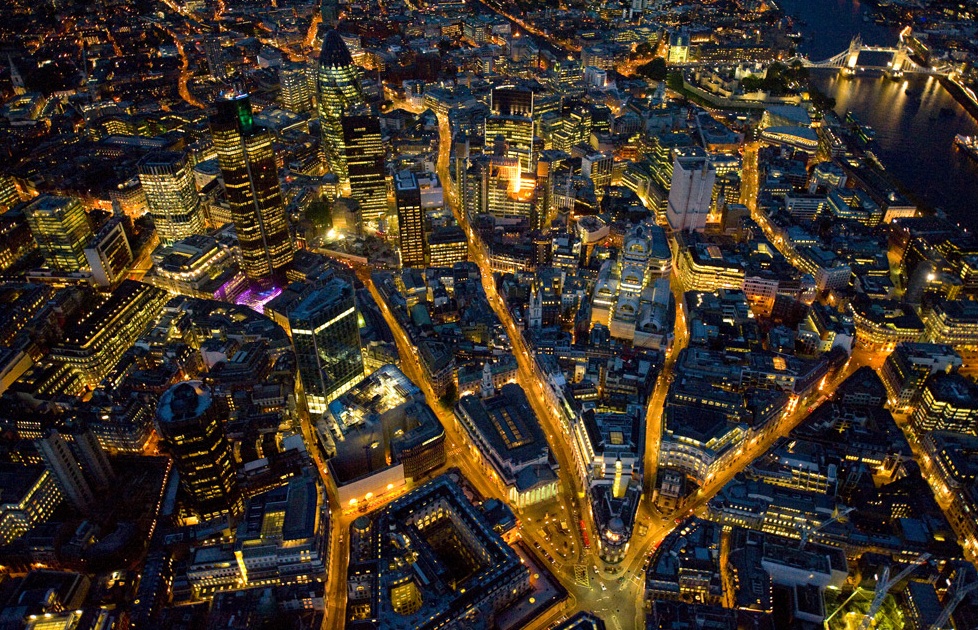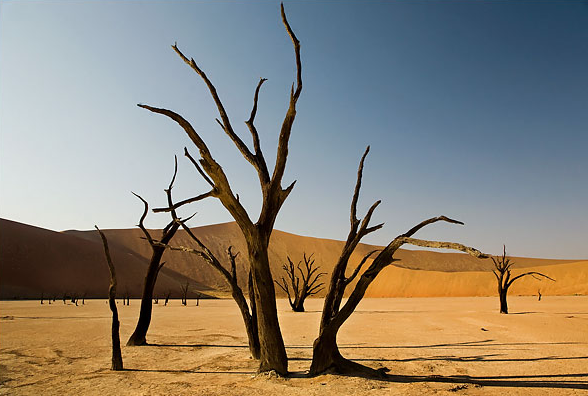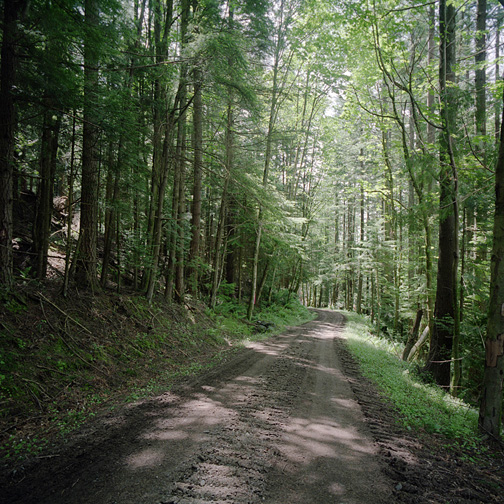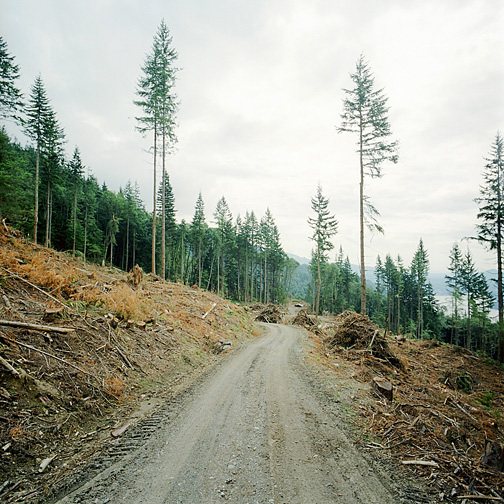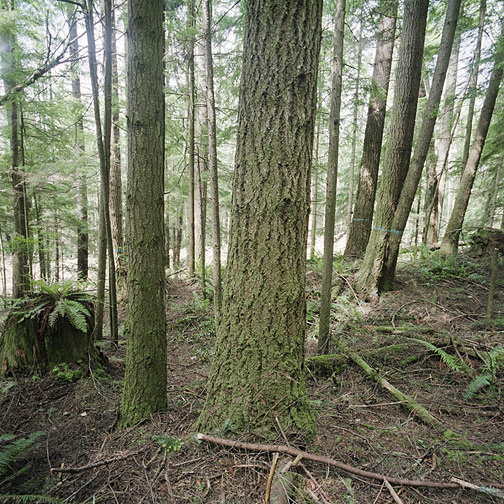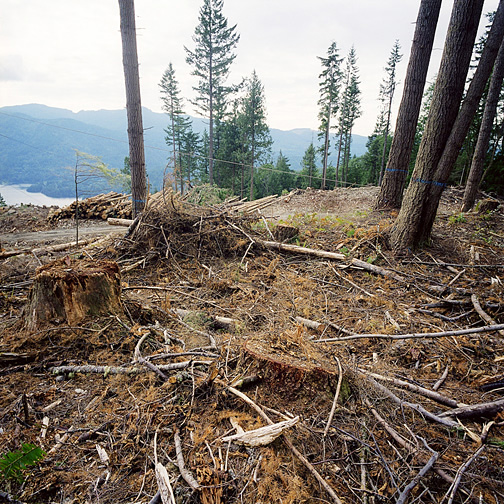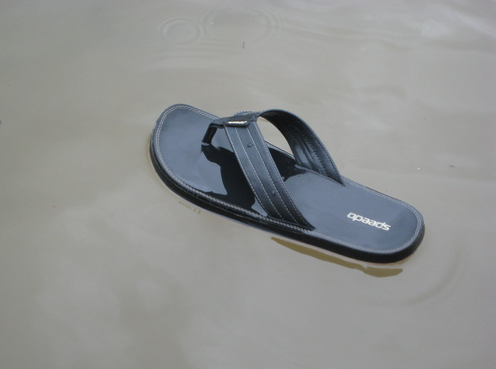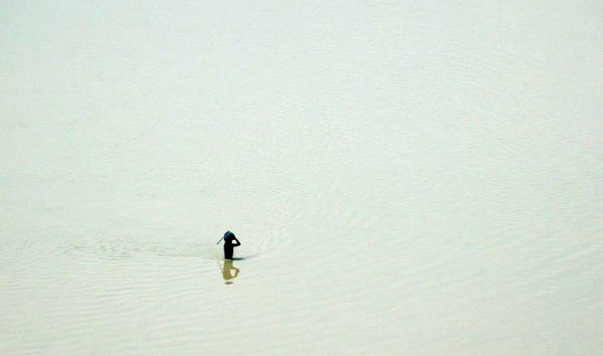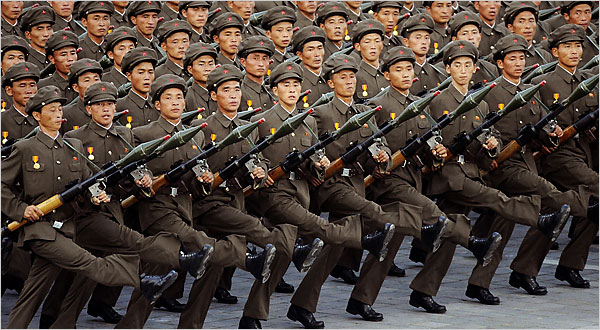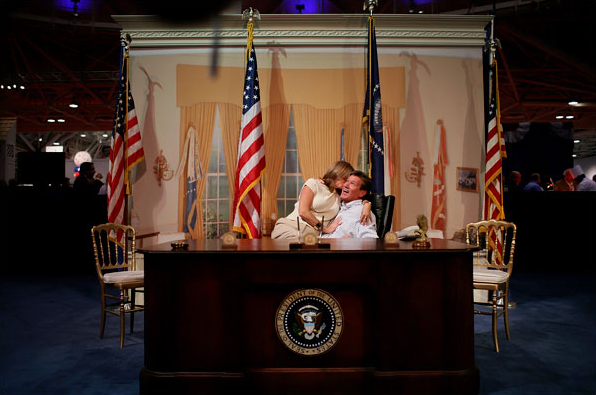Imaging America
Papers and session proposals are invited for the conference “Imaging America,” a meeting of the Great Lakes American Studies Association (GLASA), which will be held at the University of Notre Dame, March 19-21, 2009. Deadline for submission has been extended to October 15, 2008.
Imaging America evokes themes that are both fundamental to the development of American Studies as a discipline, and representative of some of the most current research in the field. “Images” can refer both to visual or material representations and to the cultural impressions and expectations embodied in texts, oral traditions, or social performance. “America” is a contested term in American Studies, referring alternately to the United States and the Americas. As a theme for our conference, we hope that “Imaging America” will provide an opportunity for scholars and emerging scholars to enter a discussion about the boundaries, both literal and cultural, of America, as well as about the role of images in our analysis of America.
Proposed papers may consider any aspect and interpretation of the theme “Imaging America” including the following:
“America” conceived and defined as a place, land, nation, and people in terms of visual, cultural, and textual images and practices of mapping, naming, and/or cultural geography.
The transnational dimensions of “America” with expanded attention to the “Americas,” both north and south.
Stereotypes, competing cultural images of and from minority communities, including those defined by race, ethnicity, religion, class, gender, sexuality, ability, region.
The diversity of American religious iconography and images.
The production and cultural use of visual images, e.g. photography, art, advertising, and how new imaging technologies transform national, regional, and individual self-understanding and experience.
The ways in which America is “imaged” during political campaigns, especially the 2008 presidential election.
The roles that American images play in defining national subjectivity and determining who “counts” in the national imaginary.
The emotional and affective dimension of American images and icons, e.g. the flag, the soldier, the West.
Please send 200 word abstracts and c.v. by October 15, 2008 (electronic submission is preferred) to Erika Doss, Chair, Department of American Studies, University of Notre Dame, at: doss.2@nd.edu. Submissions may also be mailed to Sandra M. Gustafson, Department of English University of Notre Dame Notre Dame, IN 46556.
Participants will be notified of their acceptance by November 1. Graduate students are encouraged to apply; partial funding for conference travel may be available.



